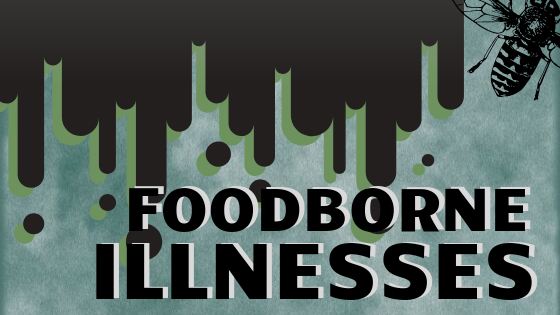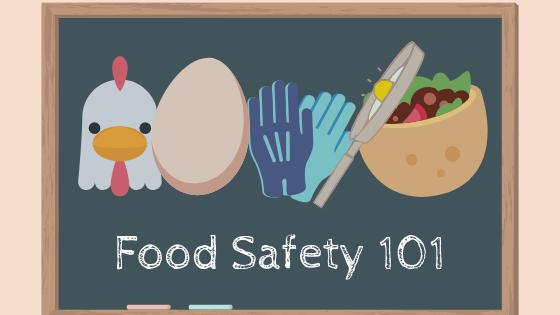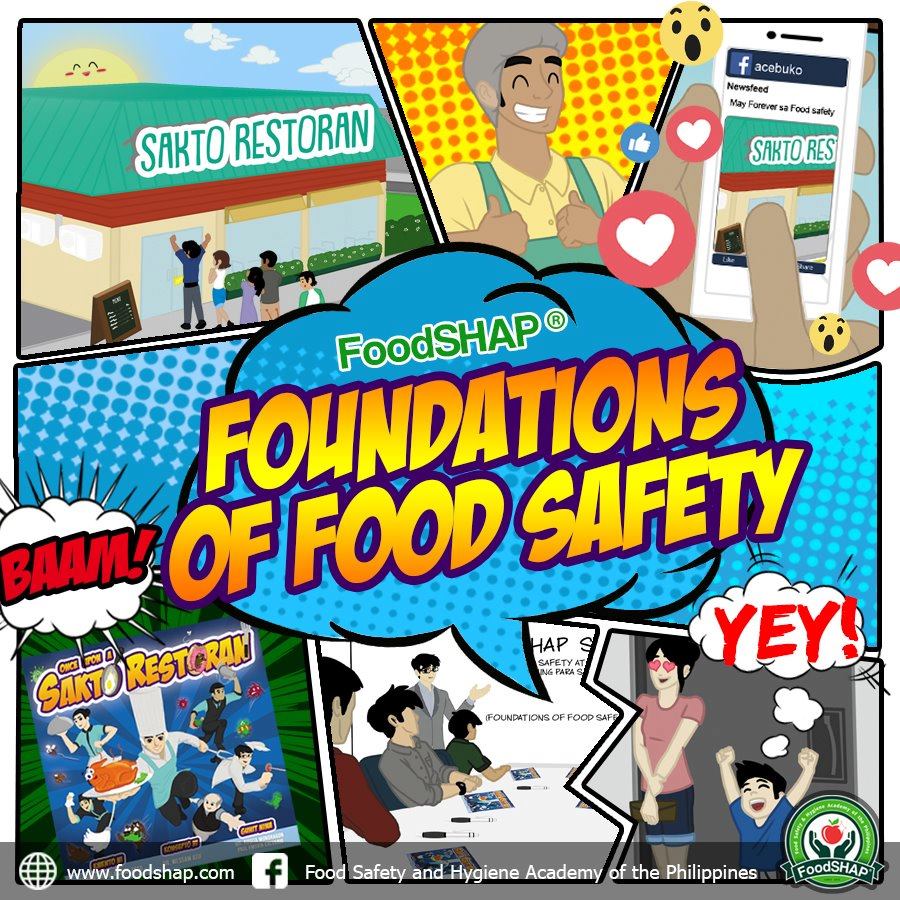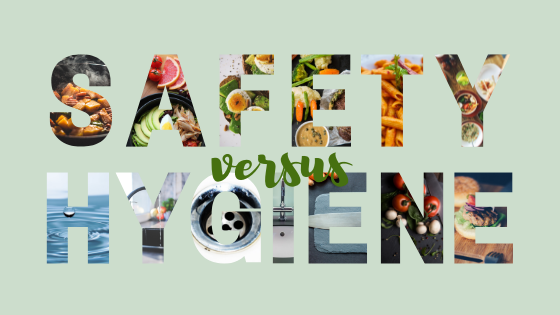News has circulated regarding the food poisoning happened at Imelda Marcos’ 90th birthday celebration last 3 July 2019. More than 10% of the 2,500 attendees at the Ynares Sports Complex, Pasig City experienced vomiting and dizziness during the party. They felt sick after eating chicken adobo with hard-boiled egg for the birthday party guests. Hundreds were rushed to the hospital and found out that they ate contaminated food. They were diagnosed with food poisoning but it is still uncertain as to what caused it. Hard-boiled egg is one of the foods prepared for the party. It is easy to prepare but it should be well-stored and prepared to avoid food contamination. An egg might be contaminated if its shell is cracked, for example. But how do we find out that the egg we eat is fit for consumption? DZBB‘s Kay Susan Tayo sa Super Radyo addressed this issue by having an interview with Ms. Elsie Gatpayat, Food Safety and Hygiene Academy of the Philippines (FoodSHAP®) General Manager. The broadcast revolved around the question, Bibili ka ba ng may lamat na itlog kung bagsak presyo ito? (Would you buy a slightly cracked egg if it is cut-rate?) The discussion focused on Egg Safety Tips. Here are some of the insights and egg safety tips we got from Ms. Elsie Gatpayat: Pathogen is the bacteria we find in flies. Salmonella is the natural bacteria we find in eggs. If closed or not cracked, you may still check the smell to ensure freshness. Fresh eggs are harder to peel than old eggs. You can test the freshness of the egg by placing it in the water. If the egg floats, it is not fresh. You can also know that an egg is fresh if the yolk is placed in the center. If you bought a slightly cracked egg with its membrane still visible, it is advisable to cook it immediately. It is safe to eat if the egg white and yolk is fully cooked. If you plan to prepare raw egg (in salads, etc.), make sure that your provider is aware of the risks and applies safety measures for their product. Cook eggs thoroughly. The safest cooking process for an egg is to make it hard-boiled. The safest temperature for cooking eggs is 71 degrees Celsius and above. Wash your hands before cooking and before peeling eggs. Serve cooked egg within 2 hours. If you will not eat the egg within the said time, you can store it in the refrigerator and reheat the egg for one time only. If you find a cracked egg, you are not sure if an insect landed on it or bacteria lived on it. It is advisable that eggs are checked during handling. It is important to check the egg’s freshness—see to it that there are no cracks in the shell or it does not produce a weird smell. You can store raw and fresh eggs for 3-5 weeks in the refrigerator. If you bought a dozen, there is a possibility that there is an inscription of the egg’s expiry date on the tray. No need to wash the eggs if you are sure that it came from a clean and sanitized container. If you do not have a refrigerator, store the egg in a container that is clean and free from hazard. It is also best if you can cook it right after buying. Most of the producers practice proper sanitizing of egg. Buying from a trusted source means a cleaner product. Place hard-boiled egg near a cool temperature (juice, water container) if you plan to pack one. A warmer temperature may cause spoilage or contamination of the egg.







